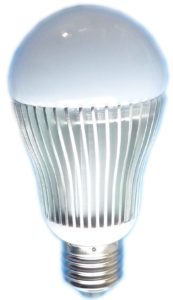The average American spends a large amount of their time indoors in our current society (according to an EPA survey, 90% of our time is inside). This makes the Indoor Environmental Quality of your built environment critical. This is the air that you breathe, the type of light, the sounds, and the comfort you feel.
Indoor air quality is impacted by carbon monoxide, radon, VOC’s, particulates, mold, bacteria, and smoke. I just had a meeting in my office this week where those visiting came in just as the lawyer upstairs went out with his pipe lit and no respect for others. If your HVAC system is not designed to provide ventilation all the products and their associated chemicals you bring into your space off-gas and have nowhere to go. In turn your lungs become the filter for these chemicals.

The type of lighting you use for a space is critical for your comfort. It does not matter is you use LED or incandescent, using it in the correct way is more important for comfort. Of course, bringing in natural daylight into a space has been shown in many studies to be the best for your health. This may not apply depending on the task you are performing – ever try to see a computer screen that faces a window? Of course you can create appropriate lighting in spaces through design.

In our office it seems that headphones are the way to go, but I remember back when I started we simply played a radio in the background. The level and type of noise in a space can have a huge impact on your environmental quality. Living near a heavily used road, airport, or nightclub impacts how your able to rest and recharge. I know I rarely go to the restaurant across the street from my office because the music is always so loud – yes I realize that this makes me old. You can control the noise in a space through design.




